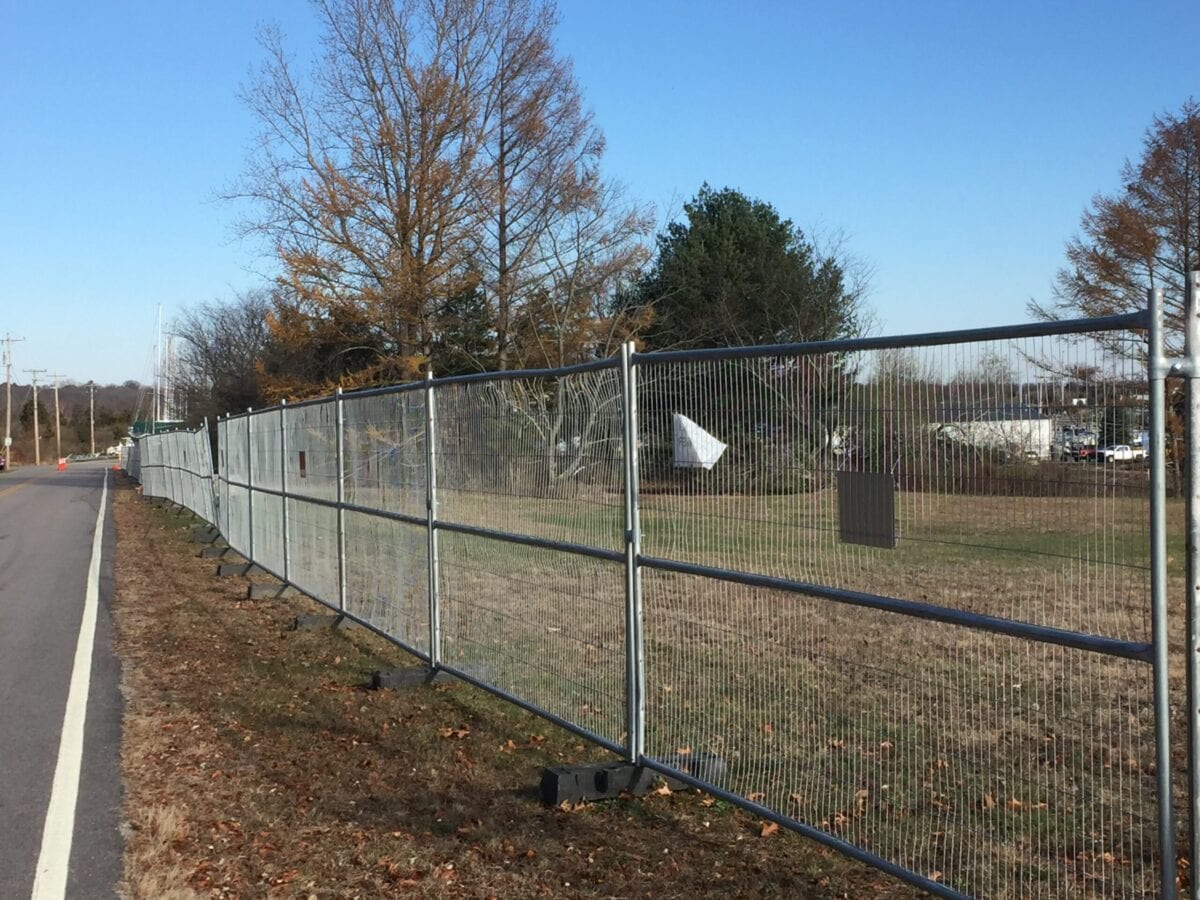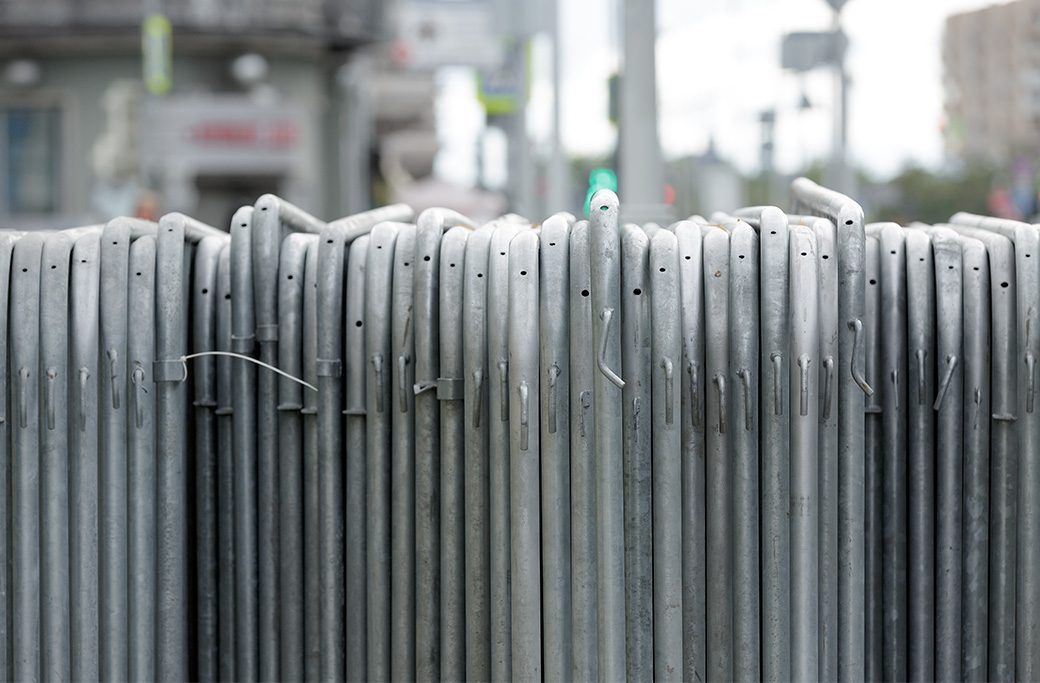Choosing the Right Type of Temporary Fencing
There are many different types of temporary fencing on the market today. Which one is right for your project? To answer that question, you need to first understand the different types of fencing and what they’re used for. Once you know that, you can narrow down your choices by considering other important factors, such as cost, durability, and appearance.
What are the Main Types of TemporaryFencing?
Temporary fencing is a type of fencing that is not permanently installed. It is typically used for construction sites, special events, and crowd control. The most common types of temporary fencing are panel fencing, chain-link fencing, and pedestrian fencing.
Chain Link
Chain link fencing is a type of wire fence that is made from interconnected metal wires. The wires are typically coated with zinc or vinyl to protect them from corrosion. Chain link fences are strong and durable, making them an ideal choice for temporary fencing. Chain link fences are also easy to install and remove, which makes them a popular choice for construction sites and events. These fences can be rented or purchased, and they are available in a variety of heights and widths to suit your needs.
Block and Panel Fencing
Block and panel fencing is a type of temporary fencing that is typically used during construction projects. It is made up of panels that are connected by blocks, which can be made of either concrete or plastic. Block and panel fencing is quick and easy to set up, and it can be easily removed when the project is finished. In addition, it is a very effective way to keep construction workers and equipment safe from the public.
Pedestrian Fencing
Pedestrian fencing is a type of barricade that is often used to control pedestrian traffic. It is typically made of metal or plastic, and is designed to be lightweight and easy to set up. Pedestrian fencing is often used for temporary applications, such as during construction projects, special events, festivals, and concerts. However, it can also be used for more permanent applications, such as around swimming pools or in parking lots. Pedestrian fencing is an effective way to improve pedestrian safety, and can be customized to fit the needs of any project.
What Factors Should Be Considered When Choosing a Type of Temporary Fencing?
There are a number of factors to consider when choosing a type of temporary fencing. The first is the purpose of the fence. If it is only needed for a short period of time, then a lighter weight fence may be sufficient. However, if the fence will be in place for an extended period or is needed to provide security, then a heavier duty option may be required. The next factor to consider is the size of the area that needs to be fenced. A larger area will require a stronger fence to support it. The final factor to consider is the climate. If the fence will be exposed to extreme weather conditions, then it is important to choose a material that can withstand those conditions. By taking all of these factors into consideration, you can choose the best type of temporary fencing for your needs.
What Are the Benefits to Using Temporary Fencing?
There are many benefits that come with using temporary fencing. First and foremost, it is a great way to secure a construction site or other area that needs to be fenced off. It is also very versatile and can be used for a variety of applications, such as crowd control at events or blocking off a dangerous area. Additionally, temporary fencing is typically much more affordable than permanent fencing options, making it a great choice for budget-conscious individuals or businesses. Finally, temporary fencing is easy to set up and take down, which makes it a convenient option for those who need to quickly fence off an area. Whether you are looking to protect your property or just need a bit of extra security, temporary fencing is definitely worth considering.
There are many different types of temporary fencing available, each with its own set of benefits. When choosing a type of fencing, it is important to consider the purpose of the fence, the size of the area to be fenced, and the climate. By taking all of these factors into consideration, you can choose the best type of temporary fencing for your needs.






